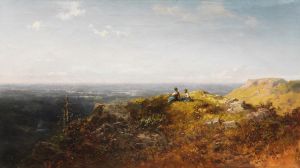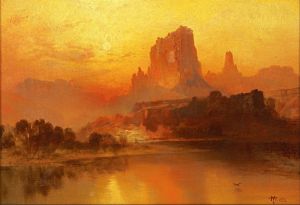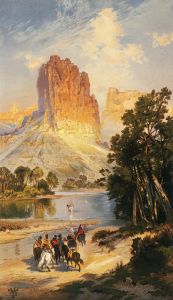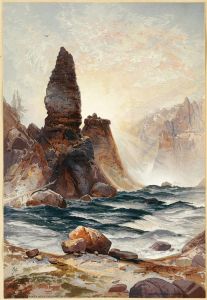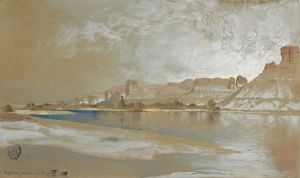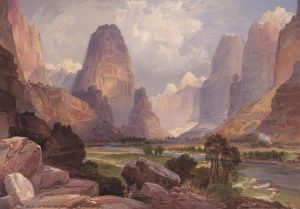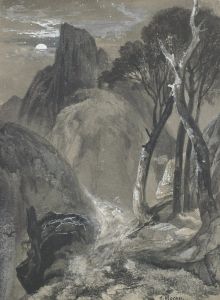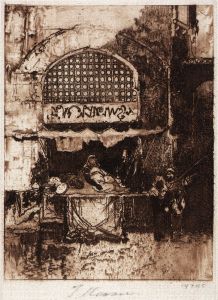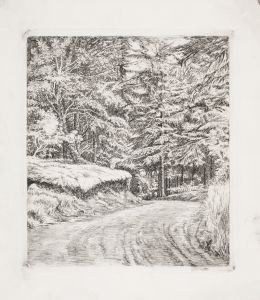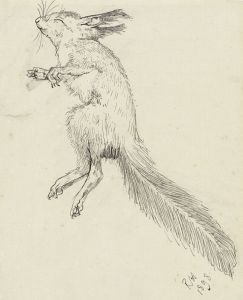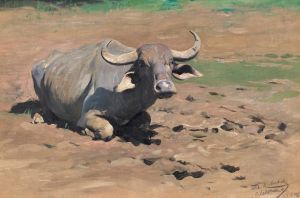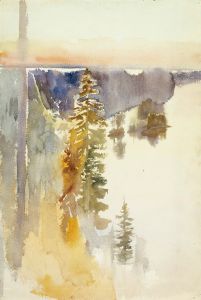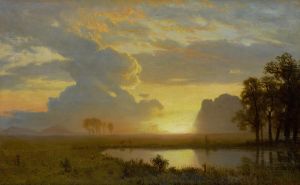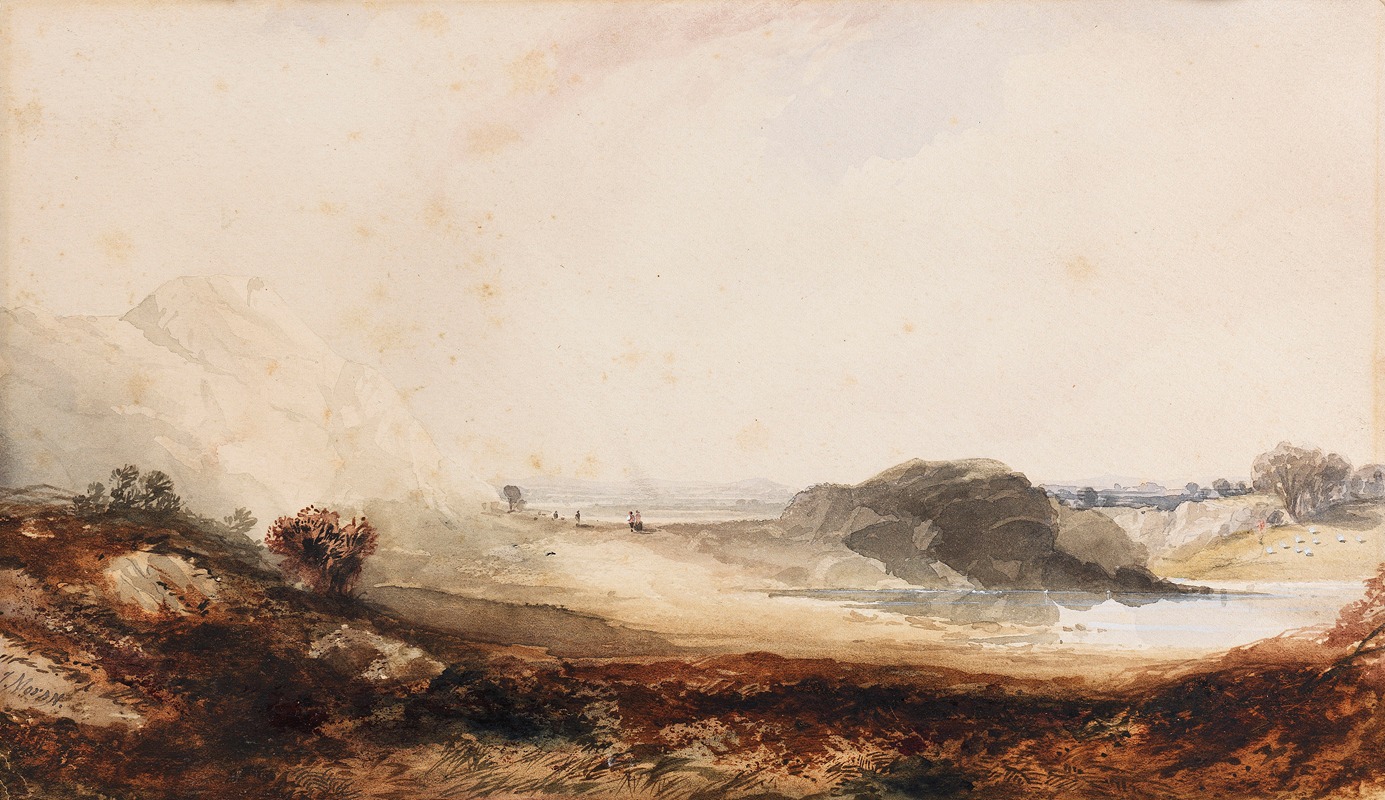
Alpine Landscape
A hand-painted replica of Thomas Moran’s masterpiece Alpine Landscape, meticulously crafted by professional artists to capture the true essence of the original. Each piece is created with museum-quality canvas and rare mineral pigments, carefully painted by experienced artists with delicate brushstrokes and rich, layered colors to perfectly recreate the texture of the original artwork. Unlike machine-printed reproductions, this hand-painted version brings the painting to life, infused with the artist’s emotions and skill in every stroke. Whether for personal collection or home decoration, it instantly elevates the artistic atmosphere of any space.
"Alpine Landscape" is a painting by the renowned American artist Thomas Moran, known for his dramatic and picturesque depictions of the American West. Thomas Moran was born in 1837 in Bolton, England, and emigrated with his family to the United States in 1844. He became one of the leading figures of the Hudson River School, a mid-19th century American art movement characterized by its realistic and detailed portrayal of nature, often imbued with romanticism.
Moran's work is particularly noted for its influence on the establishment of the National Parks in the United States. His paintings of the Yellowstone region, for instance, played a crucial role in convincing Congress to establish Yellowstone as the first National Park in 1872. While "Alpine Landscape" is not as famous as his Yellowstone series, it still exemplifies his skill in capturing the sublime beauty of natural landscapes.
"Alpine Landscape" showcases Moran's adept use of color and light to create a sense of depth and grandeur. The painting likely features the rugged terrain and majestic peaks typical of alpine environments, though specific details about the exact location or inspiration for this particular work are not widely documented. Moran's technique often involved the use of vivid colors and dramatic contrasts to evoke the awe-inspiring power of nature, a hallmark of his artistic style.
Moran's artistic process typically involved extensive field sketches and studies. He was known to travel widely, often venturing into remote and rugged areas to capture the essence of the landscapes he wished to paint. These field studies were then brought back to his studio, where he would create larger, more detailed works. This method allowed him to combine on-site observations with his imaginative interpretations, resulting in paintings that were both realistic and idealized.
Throughout his career, Moran was celebrated for his ability to convey the vastness and beauty of the American wilderness. His works were instrumental in shaping public perceptions of the American landscape during a time of rapid expansion and industrialization. By highlighting the natural beauty of these regions, Moran and his contemporaries helped to foster a growing appreciation for the preservation of natural spaces.
"Alpine Landscape" fits within this broader context of Moran's oeuvre, reflecting his lifelong fascination with the natural world and his commitment to capturing its beauty on canvas. While specific details about the painting's creation and history may be limited, it remains a testament to Moran's enduring legacy as one of America's foremost landscape painters. His work continues to be celebrated for its artistic merit and its role in the early conservation movement in the United States.





